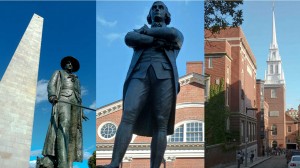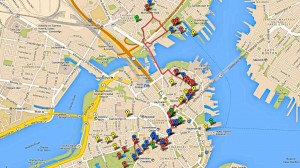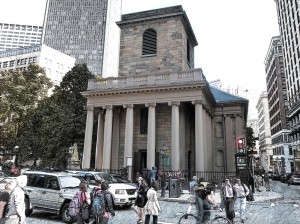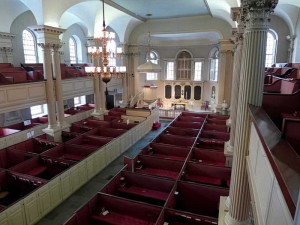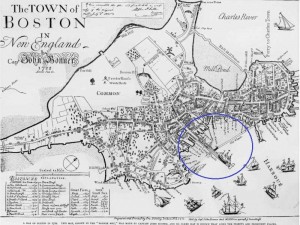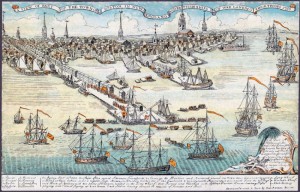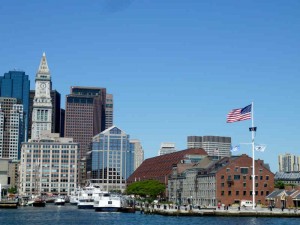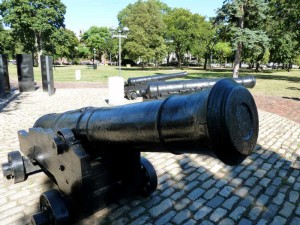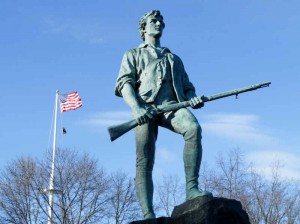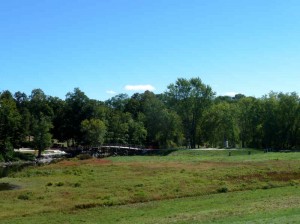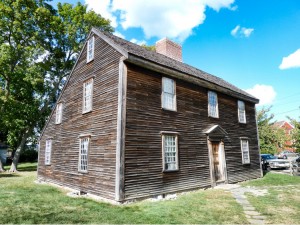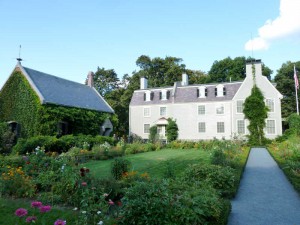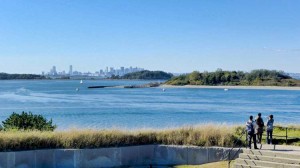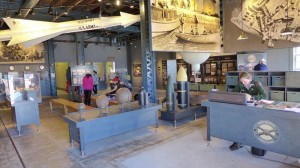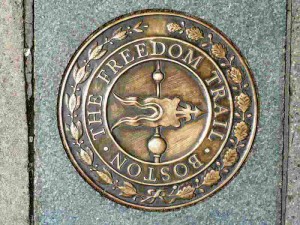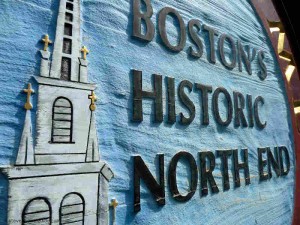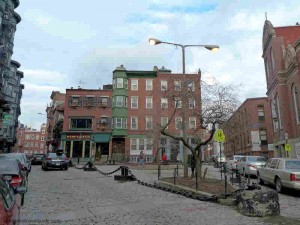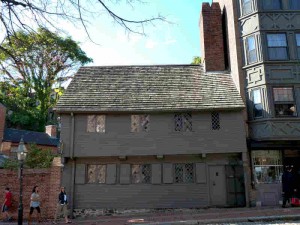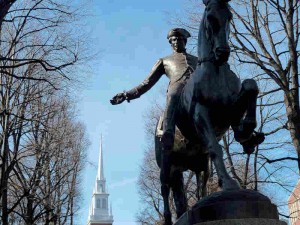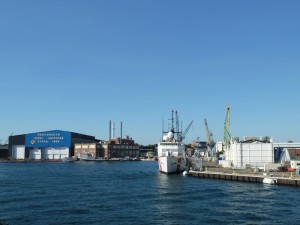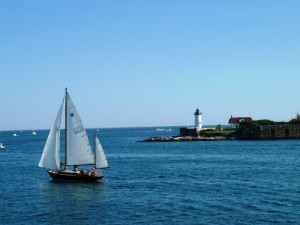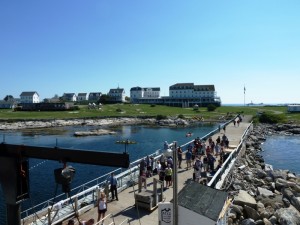Conseils Pratiques
- Il n’ya aucune raison historique à faire les Stops du Freedom Trail dans l’ordre – organisez votre temps de manière à visiter ce qui vous passionne le plus. Parcourez les descriptions des Stops afin d’aider à évaluer votre intérêt.
- Veuillez vérifier afin de confirmer les modifications des heures d’exploitation – il peut y avoir des différences d’accès pendant les vacances, certains stops accueillent des événements spéciaux, ou peuvent être fermés pour rénovation. Voir le lien «Aujourd’hui, dans le parc” dans le Chapitre des Ressources.
- Bien que seulement 2,5 miles (4 km) de bout en bout, il est difficile de voir l’ensemble du Freedom Trail en une journée – surtout si vous voulez entrer et visiter l’un des Stops.
- Il ya d’excellents tours gratuits offerts par les rangers en uniforme du National Park Service (NPS). Les visites partent des Centres NPS à Faneuil Hall (Stop 11) ou depuis l’USS Constitution (Stop 15).
- Boston est une ville à pied, et le Freedom Trail ne fait pas exception. Apportez des chaussures confortables, de l’eau, de la crème solaire etc. Bien que les excellents transports publics de la ville de Boston peut vous emmener à la plupart des Stops du centre-ville (Stops 1-11), ceux de la North End et Charlestown ne sont pas bien déservis.
- Une façon amusante et peu coûteuse de se rendre ou de partir de Charlestown et du centre ville est la Navette Aquatique. Celle-ce traverse l’arrière-port entre Long Wharf (par l’Aquarium) et le Charlestown Navy Yard (près de l’USS Constitution).
- Les “Trolley Tours” du genre monte-et-descends sont de bons moyens de se déplacer, mais ils ne naviguent pas dans les rues du North End – vous aurez besoin de marcher vers / depuis la maison de Paul Revere, du Old North Church et Copp’s Hill.
- Conseils les restaurants: les promos de homard sont souvent disponibles dans le bloc de Blackstone; une aire de restauration est dans le bâtiment principal de Quincy Market (par Faneuil Hall) avec des articles pour tous les goûts; Durgin Park, dans le bâtiment Quincy Market North Market est actif depuis 1827 et sert les mets favoris de la Nouvelle-Angleterre; l’Union Oyster House dans le bloc de Blackstone est le plus ancien restaurant en activité de l’Amérique, depuis 1826; le Chart House à Long Wharf est situé dans ce qui était la maison de comptage de John Hancock, datant de 1760; près de Bunker Hill, le Warren Tavern a été l’un des premiers bâtiments soulevés après que Charlestown ai été brûlée pendant la bataille de Bunker Hill, et a servi à acceuillir Paul Revere, George Washington et Benjamin Franklin; et il y a l’incomparable North End, où vous pouvez trouver n’importe quel type de festin à l’italienne imaginable.
